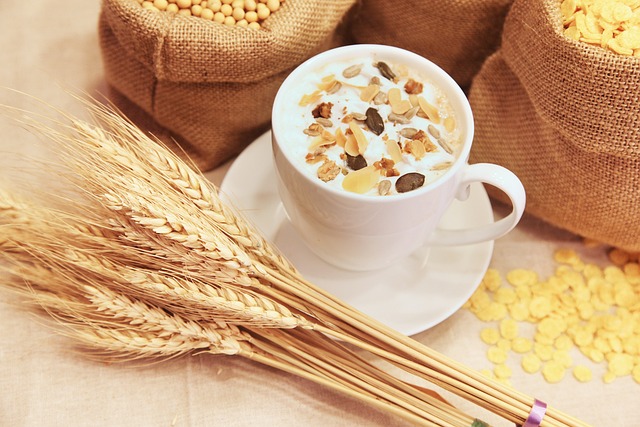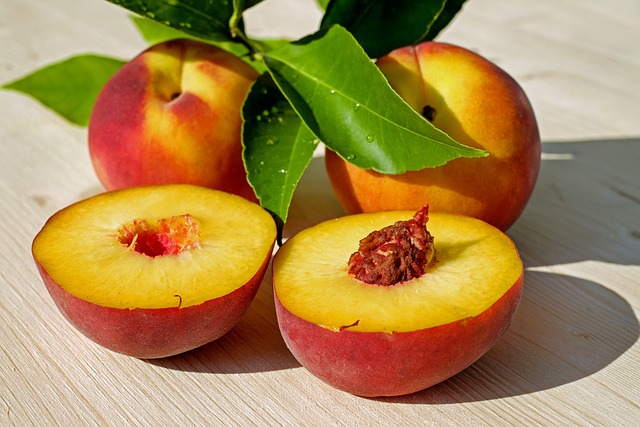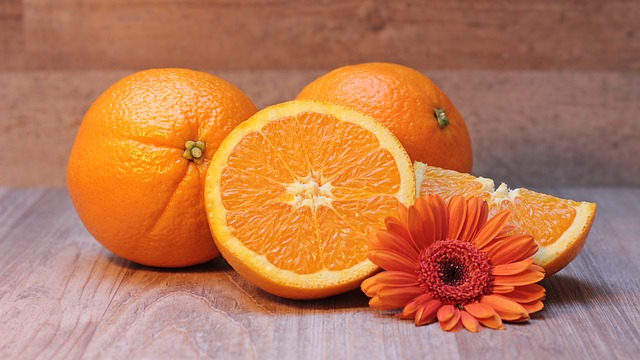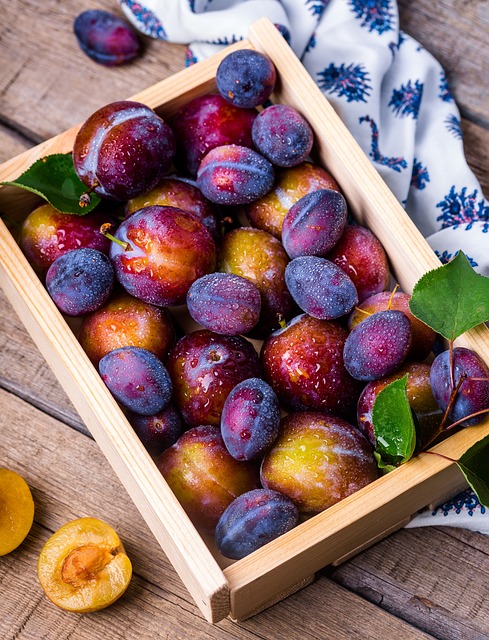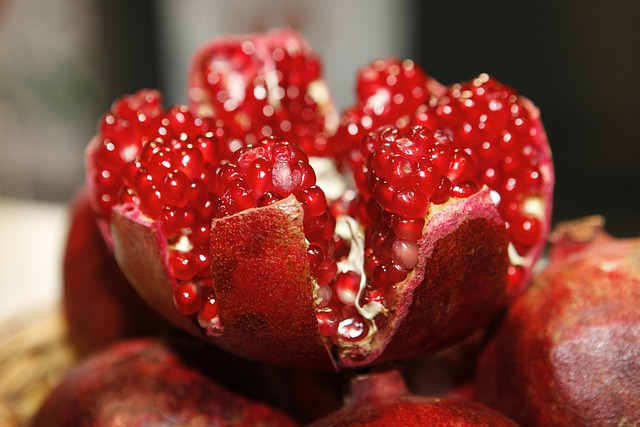The Probiotic Roadmap: Navigating the World of Beneficial Bacteria
Probiotics have gained much attention in recent years for their potential health benefits. From supporting good digestion to boosting the immune system, these live microorganisms are believed to play a crucial role in maintaining a healthy balance within our bodies.
But with so many different probiotic products available in the market, it can be overwhelming to choose the right one for your specific needs. This probiotic roadmap will guide you through the world of beneficial bacteria, helping you make informed decisions about incorporating them into your diet.
Understanding Probiotics
In order to navigate the world of probiotics, it’s essential to understand what they are and how they work. Probiotics are live bacteria and yeasts that are good for your health, especially your digestive system. While bacteria are often associated with illness, there are actually many beneficial bacteria that help maintain a healthy balance in our bodies. Probiotics are one such type of bacteria.
Probiotics work by colonizing the gut and promoting the growth of beneficial bacteria. They help maintain the balance of microorganisms in our intestines, which is essential for proper digestion and overall health. Additionally, probiotics can help boost the immune system, improve nutrient absorption, and alleviate certain digestive issues.
Choosing the Right Probiotic
With countless probiotic products on the market, it’s important to choose the right one for your specific needs. Here are a few factors to consider:
- Strain diversity: Look for a probiotic supplement that contains a variety of strains. Different strains of bacteria offer different benefits, so a diverse range can provide more comprehensive support for your gut health.
- Potency: The potency of a probiotic is measured in colony-forming units (CFUs). Higher CFU counts indicate a greater concentration of bacteria. For general health maintenance, aim for a minimum of 10 billion CFUs per serving.
- Quality and purity: Opt for a reputable brand that conducts third-party testing to ensure the quality and purity of their products. Look for certifications such as Good Manufacturing Practices (GMP) to guarantee that the probiotics meet strict quality standards.
Incorporating Probiotics into Your Diet
While probiotic supplements are widely available, it’s also possible to incorporate probiotics into your diet through natural food sources. Here are some probiotic-rich foods to consider:
- Yogurt: Yogurt is perhaps the most well-known probiotic-rich food. Look for yogurts that contain active and live cultures on the label.
- Kefir: Similar to yogurt, kefir is a fermented milk drink that is packed with probiotics.
- Sauerkraut: Sauerkraut is made from fermented cabbage and is an excellent source of probiotics.
- Kimchi: Kimchi is a traditional Korean dish made from fermented vegetables, typically cabbage, and is known for its probiotic content.
- Miso: Miso is a traditional Japanese seasoning made from fermented soybeans that contains probiotics.
Prebiotics: The Probiotic’s Partner
While probiotics are the beneficial bacteria themselves, prebiotics are a type of dietary fiber that serve as food for the probiotics. Prebiotics help nourish the probiotics and promote their growth in the gut.
Foods rich in prebiotics include garlic, onions, bananas, asparagus, and whole grains. By incorporating both probiotics and prebiotics into your diet, you can create an environment in your gut that supports the growth and activity of beneficial bacteria.
Conclusion
Navigating the world of probiotics can be overwhelming, but armed with the right knowledge, choosing the right probiotic for your needs becomes easier. Remember to consider factors such as strain diversity, potency, and quality when selecting a probiotic supplement. Additionally, incorporating probiotic-rich foods and prebiotics into your diet can further enhance the benefits of probiotics.
By taking the time to understand probiotics and make informed choices, you can unlock the potential health benefits

